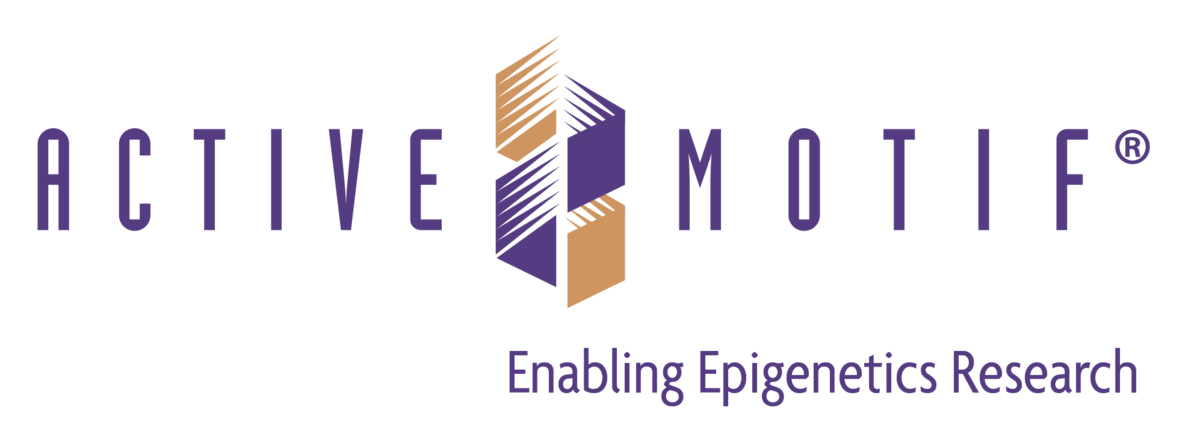
Introduction: ChIP-Seq – An Invaluable Yet Time and Cost Intensive Technique
While chromatin immunoprecipitation followed by next-generation sequencing (ChIP-Seq) represents an exciting means of exploring complex genome-wide histone modification profiles and transcription factor binding patterns, the long and complex sequence of manual steps involved leads to limitations such as low throughput and sensitivity and elevated costs. These problems prompted researchers from the groups of Riccardo Dainese and Bart Deplancke (École Polytechnique Fédérale de Lausanne) to combine their expertise in microengineering, surface chemistry, and molecular biology to develop "FloChIP" – a flexible, reproducible, and automated microfluidic ChIP platform that supports improved protocol speed, sensitivity, and throughput. Can this quick and easy new technique make epigenetics experiments go with the FloChIP?
FloChIP: A Flexible, Reproducible, and Automated ChIP Platform
Dainese et al. rationally designed the FloChIP platform to minimize the elevated time/labor costs associated with standard ChIP-Seq experiments. First, they ensured that the surface chemistry of the FloChIP device supported strong non-covalent molecular interactions to enable the immobilization of the antibodies involved in chromatin immunoprecipitation. A primary coating of biotinylated-bovine serum albumin prevents non-specific adsorption of chromatin and acts as a dock for the secondary coating of neutravidin, which itself functions as a binding site for a tertiary biotinylated protein A/G layer that represents a general substrate for antibody pull-downs. Implementing multiple arrays of "micropillars" that repeat multiple times across each immunoprecipitation lane also maximizes the surface-to-volume ratio of the device to ensure robust results.
The authors built upon a previous report that applied tagmentation of bead-bound chromatin (or ChIPmentation) to increase the cost-effectiveness and sensitivity of ChIP-Seq workflows (Schmidl et al.) to apply microfluidic tagmentation of any immunoprecipitated chromatin bound to the inner walls of the FloChIP device. Briefly (and after antibody immobilization, the addition of chromatin, and various wash steps), flowing a solution containing the Tn5 transposase into the device prompts the on-chip indexing of chromatin-bound DNA to streamline downstream library preparation for next-generation sequencing and reduce hands-on time (See Figure 1A of the open access paper for a full description).
Initially, the authors created an eight-lane FloChIP device that implemented soft microvalves to support accurate flow control, automation, and either sample multiplexing (eight samples with one antibody) or antibody multiplexing (eight antibodies on one sample) (See Figure 1E for a top-view schematic of the eight-unit FloChIP device).
FloChIP Provides Robust Genome-wide Data on Complex Chromatin States
The authors evaluated the FloChIP platform by assaying differing dilutions of chromatin isolated from human GM12878 lymphoblastoid cells with a single antibody specific for a permissive histone modification (anti-H3K27ac). Encouragingly, they observed robust results for experiments with inputs ranging from 500 to 1 million cells, with high fold enrichment and robust genome coverage for all evaluated samples (suggesting a robust dynamic range) and high levels of correlation between two separate experiments assaying 100,000 cells (suggesting high reproducibility) using a protocol that took around 2 hours to complete. They subsequently widened their evaluations to demonstrate similar robust and reproducible results for additional histone modifications (H3K4me3, H3K4me1, and H3K9me3), which suggested the overall broad utility of the FloChIP platform.
Moving to the next level of complexity, the authors evaluated whether the FloChIP platform could support sequential ChIP, which can inform on the complex chromatin states of genomic sites such as DNA regulatory elements. The interconnected and modular nature of the FloChIP device allowed two consecutive immunoprecipitation steps with differing antibodies in adjacent lanes, with the chromatin immobilized and washed in the first lane being resuspended using a peptide elution strategy (Kinkley et al.) and transferred on-chip to a neighboring lane for the second immunoprecipitation before washes and tagmentation. Overall, this "sequential FloChIP" platform permitted the detection of the bivalent chromatin domains present during embryonic development by assaying genome-wide direct co-occupancy profiles for H3K27me3 and H3K4me3 in mouse embryonic stem cells. Encouragingly, the sequential FloChIP platform robustly distinguished regions displaying only H3K4me3, only H3K27me3, and bivalent domains presenting both H3K4me3 and H3K27me3. Overall, the sequential FloChIP platform represents a miniaturized, low-input (100,000 cells), and rapid (five to six hours) means of analyzing co-occurring binding events at the genome-wide scale.
More Than Just Histone Modifications: FloChIP Profiling of Transcription Factor Binding
The genome-wide profiling of transcription factor binding sites via ChIP-Seq provides additional problems compared to the detection of histone modifications (including the less abundant and weaker nature of transcription factor-DNA interactions and the lower affinity of transcription factor-specific antibodies), which requires more abundant amounts of sample input and longer incubation times. An optimized technique designed specifically for transcription factor detection using the FloChIP platform required an additional two-to-four-hour antibody/chromatin preincubation to obtain high-quality results, which they positively validated by comparing results for the C/EBPβ, PU.1, and RUNX3 transcription factors applied to chromatin isolated from 100,000 lymphoblastoid cells against known data.
Following this successful validation, the authors turned the FloChIP platform to the exploration of the MEF2A transcription factor binding profiles in chromatin isolated from lymphoblastoid cell lines derived from thirty-two unrelated European individuals (genomes sequenced and aligned to the hg19 assembly as part of the 1000 Genomes Project). Fascinatingly, they discovered that MEF2A helps to control the gene regulatory network underlying lymphoblastoid cell proliferation but functions as a component of a larger complex of collaborating transcription factors; indeed, RUNX3 and MEF2A cooperate, with RUNX3 driving MEF2A DNA binding. Overall, these findings demonstrate the value of the FloChIP platform in facilitating the straightforward acquisition of transcription factor-binding data.
Where Will the FloChIP Platform Go Next?
These results highlight the FloChIP platform as a flexible, reproducible, and automated microfluidic solution for individual or sequential ChIP-Seq to analyze histone modifications and transcription factors; however, the authors do note space for further optimization. With further optimization steps and additional technological advancements in mind, the team noted their desire to develop a FloChIP benchtop instrument and off-the-shelf cartridges to ensure the broad application of their exciting new technological advance.
For more details on how going with the FloChIP represents a quick and easy means of improving your epigenetics experiments, see PNAS, May 2020.
Supplier

Active Motif
Active Motif offers all you need for researching epigenetics and gene regulation: from sonification devices to ChIP-Seq, CUT&Tag kits as well as validated antibodies.
